NI skies bathed in glorious colours of Northern Lights

Lough Melvin in County Fermanagh looks bathed in colour from the Northern Lights
- Published
The Northern lights, known as the Aurora Borealis, dominated the skies as they made their return to Northern Ireland on Thursday night.
The lights also made an appearance in the night sky over parts of Scotland and England, as far as the south coast in Sussex.
Many people sent in their dazzling photos.
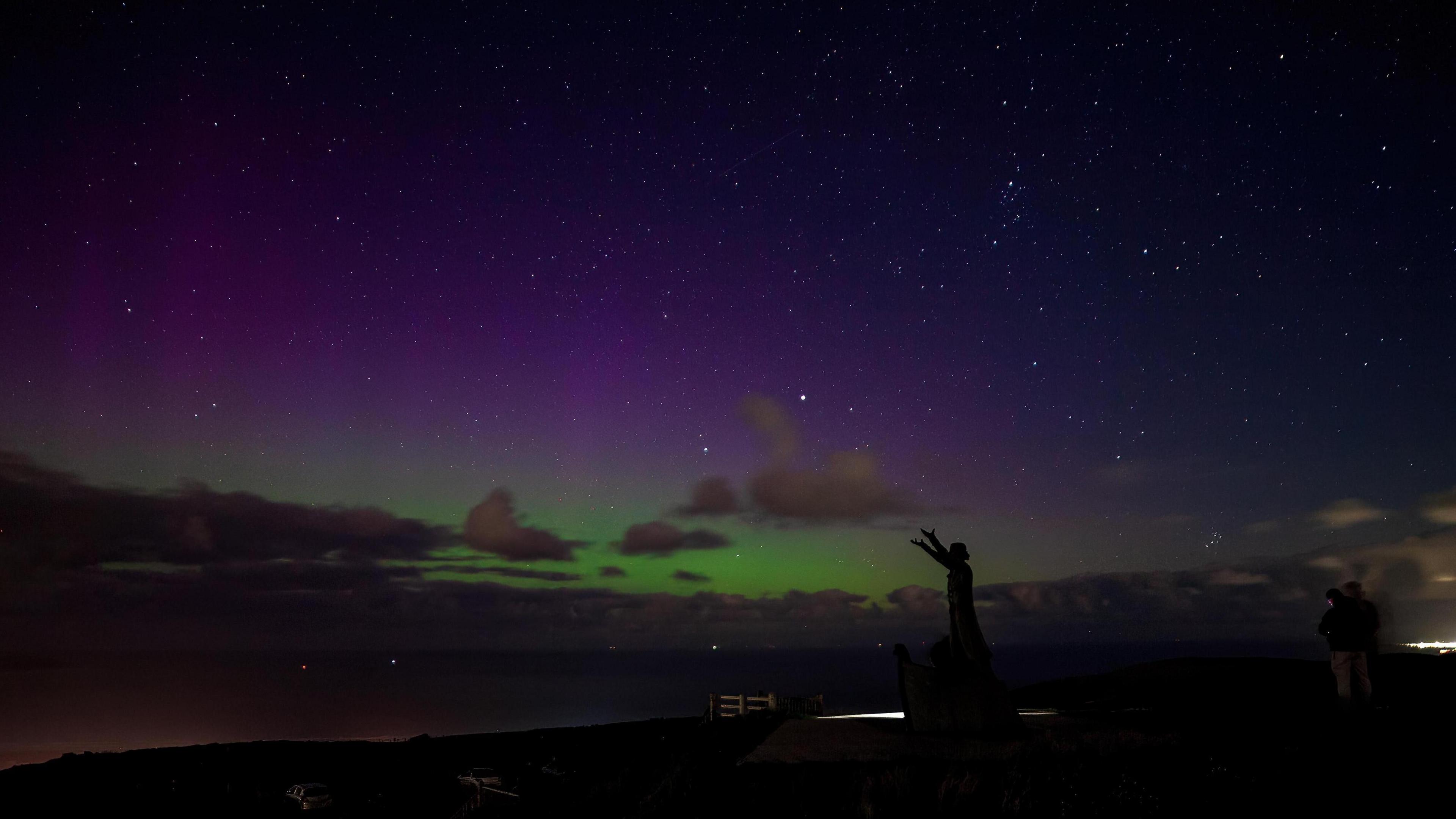
The Northern Lights shine above Limavady, County Londonderry
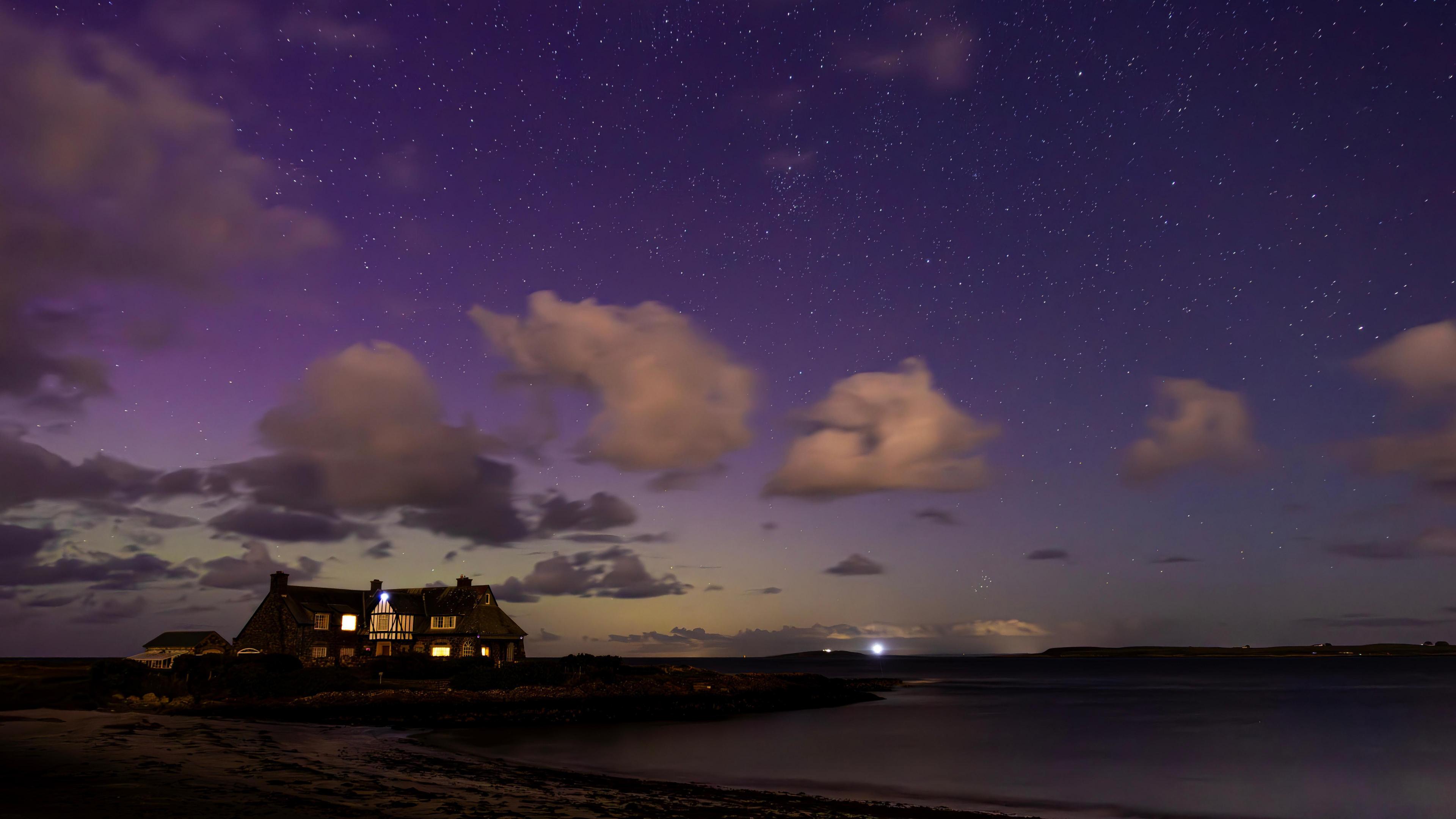
Spectacular skies above Bangor, County Down
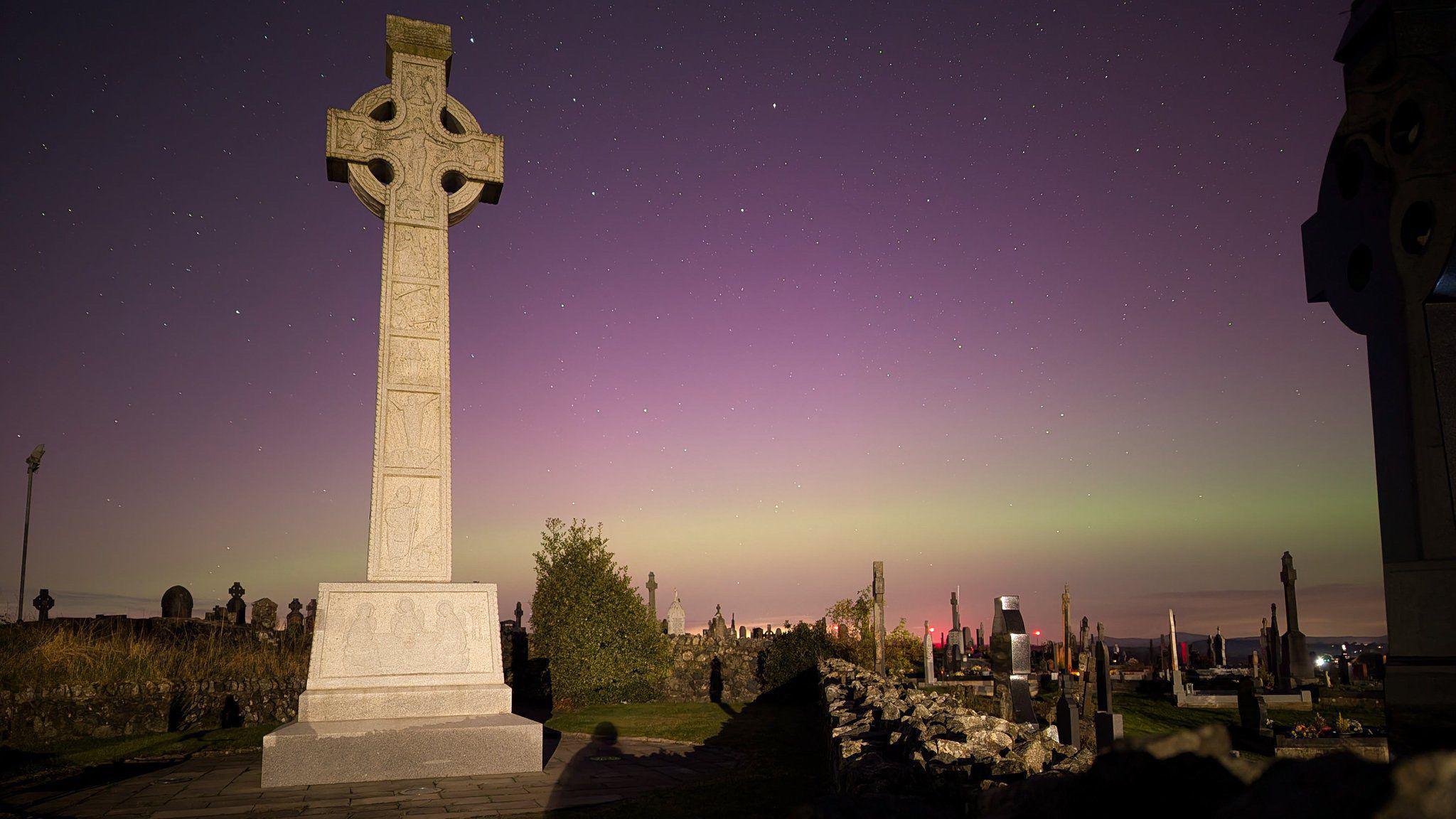
The night sky as seen from a graveyard in Carrickmore, County Tyrone

A house in Portstewart sits beneath a glorious display of lights
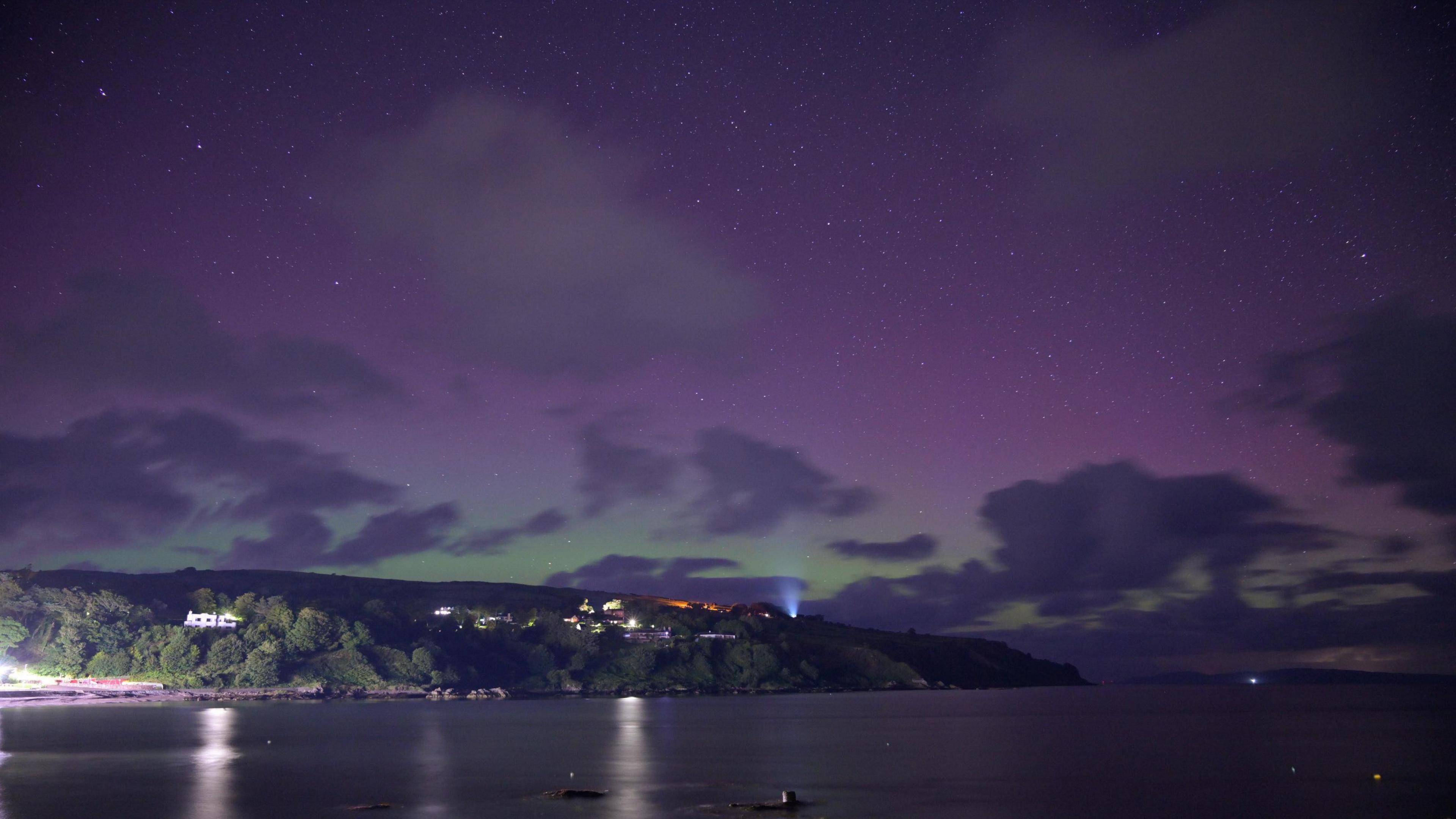
Purple dominates the sky above the Cushendall coast
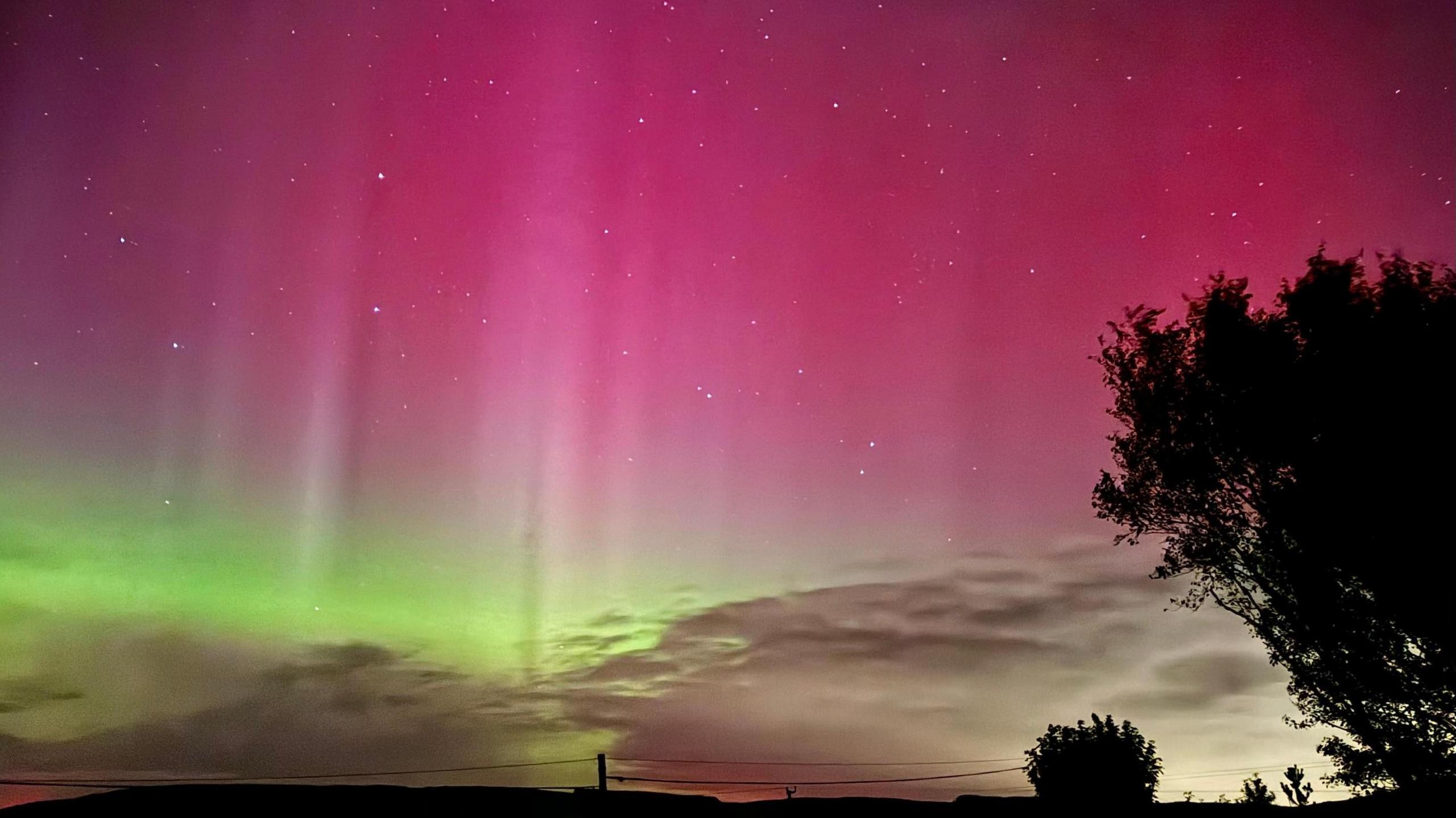
A stunning mix of colours above the night sky in Limavady on Thursday evening

An illuminating display in the Newry skies
What causes the Northern Lights to appear?
Aurora displays occur when charged particles collide with gases in the Earth’s atmosphere around the magnetic poles.
The Northern Lights appear as bright, swirling curtains of lights in the night sky and range in colour from green to pink and scarlet.
It is caused by charged particles from the sun collide with gases in the Earth’s atmosphere around the magnetic poles.
The colours occur due to different gases in the Earth's atmosphere being energised by the charged particles.
The two most common gases in the Earth's atmosphere are nitrogen and oxygen. Oxygen atoms glow green - the colour most often seen in the Northern Lights, while nitrogen atoms emit purple, blue and pink.
The most impressive auroras occur when the Sun emits really large clouds of particles called "coronal mass ejections".
- Published2 January
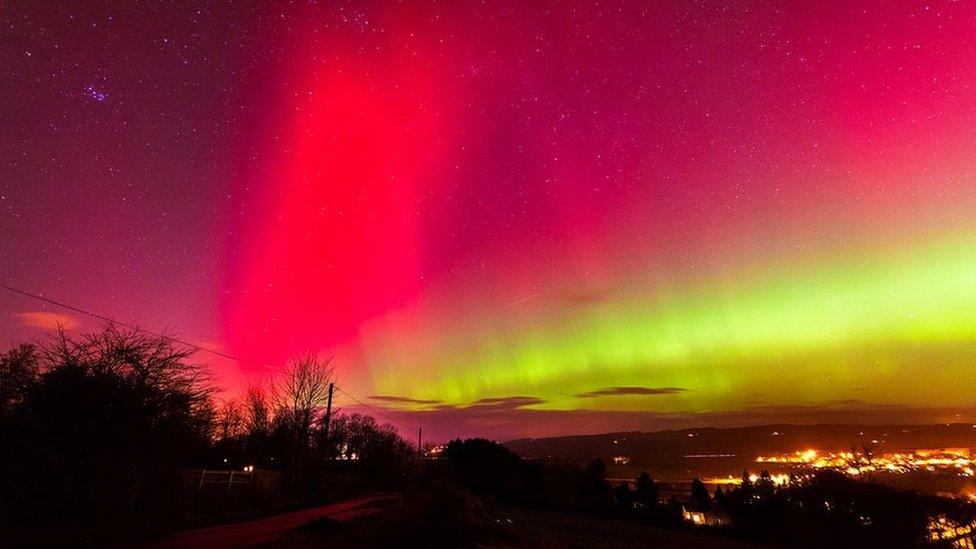
- Published13 August 2024
